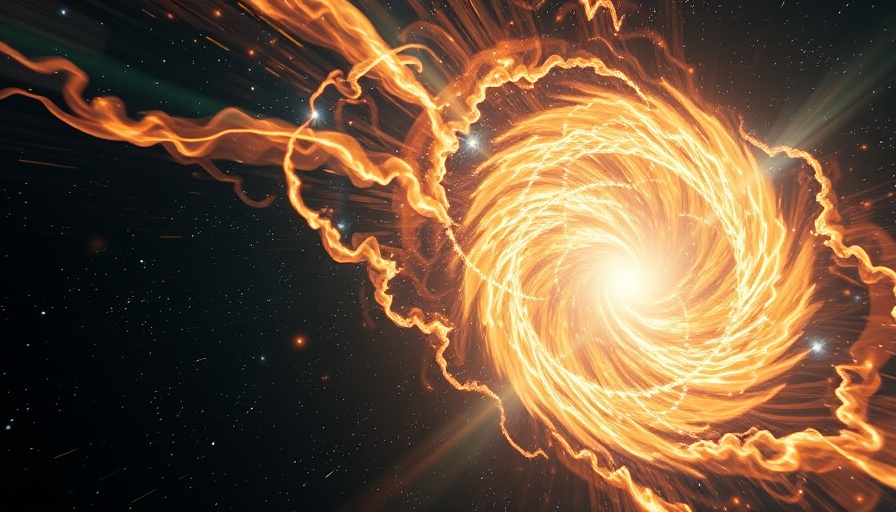
The Mystery of 511 keV Photons: A Closer Look
In the realm of astrophysics, understanding the origins of certain types of photons can unravel some of the universe's deepest secrets. One of the most intriguing of these is the 511 keV photon, particularly concentrated near the galactic core. The question arises: what could be causing this overrepresentation? A new research paper suggests that examining unique binary systems, particularly millisecond pulsar (MSP) binaries, might hold the key.
What Are 511 keV Photons?
So, why are these photons so captivating? The term '511 keV' refers to the energy level of these photons, which corresponds to a wavelength in the gamma-ray spectrum. They are produced during electron-positron annihilation, a process in which a positron and an electron collide and convert their mass into energy, resulting in the emission of a 511 keV photon. This process not only holds implications for our understanding of particle physics but also hints at cosmic phenomena that can be studied through these emissions.
MSP Binaries: An Unseen Potential
According to the research conducted by Zachary Metzler and Zorawar Wadiasingh from the University of Maryland and NASA's Goddard Space Flight Center, millisecond pulsars paired with companion stars could be significant contributors to the creation of 511 keV photons. MSP binaries are notable for having pulsars that spin incredibly fast, causing extreme gravitational forces that make them interesting subjects of study. The pairing with a companion star, which does not have to be a pulsar, could lead to even more complex interactions, potentially enhancing photon production.
Unpacking the Benefits of Studying MSP Binaries
Identifying the sources of 511 keV photons via MSP binaries could lead to several groundbreaking discoveries. One major area of inquiry could be the potential exoplanets orbiting these pulsars. As the singularities within these binary systems interact, the resulting gravitational dynamics could provide key insights into the orbital characteristics of surrounding planets. Analyzing the fluctuations in the 511 keV signal might thus reveal details about these exoplanets, such as their composition and atmospheric properties.
Future Implications for Astrophysics
As scientists harness the capabilities of next-generation gamma-ray observatories and gravitational wave detectors, the implications of studying MSP binaries become clearer. The combination of these technologies could shed light on the composition of binary systems and enhance our understanding of how extreme environments influence cosmic phenomena. Moreover, unraveling the mysteries of the 511 keV photons may lead to broader insights into dark matter, as potential connections between the annihilation of particles and cosmic structures are explored.
The Bigger Picture: Why It Matters
Tracking down the sources of annihilation photons is more than just a technical challenge; it paves the way for profound advancements in our understanding of the universe. As researchers continue to investigate these energetic signals, they could potentially unlock new chapters in our comprehension of astrophysics, dark matter, and even the formation of planetary systems.
Consequently, keeping an eye on developments in this field could prove invaluable for both enthusiasts and professionals alike. Add Row
Add Row  Add
Add 




Write A Comment